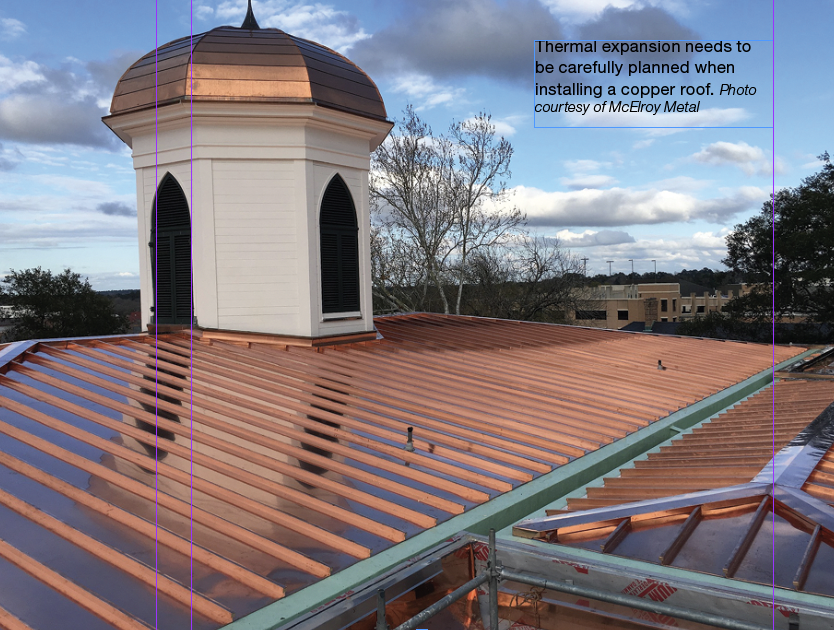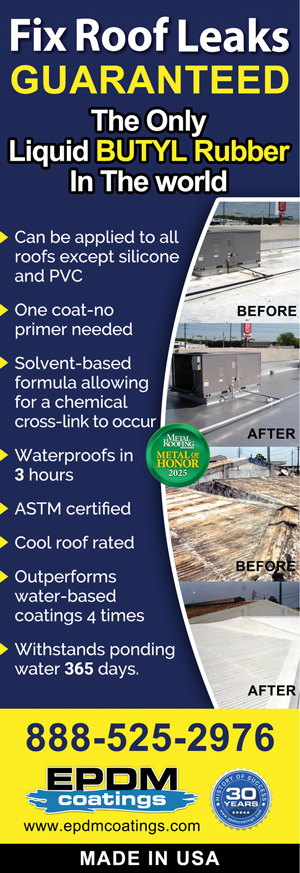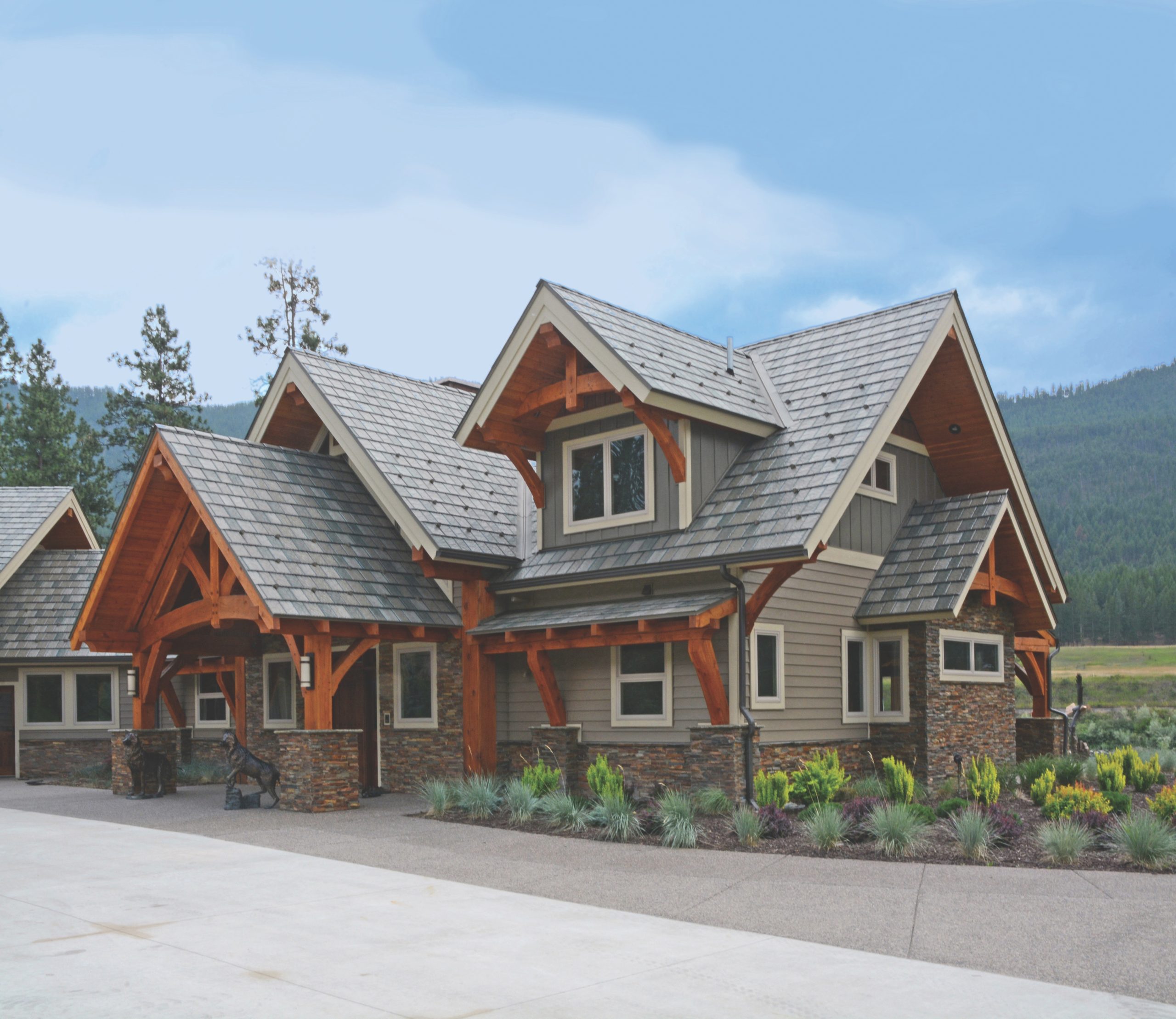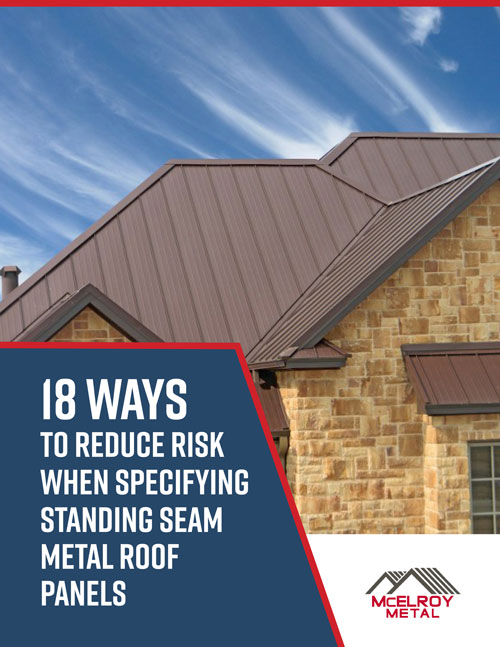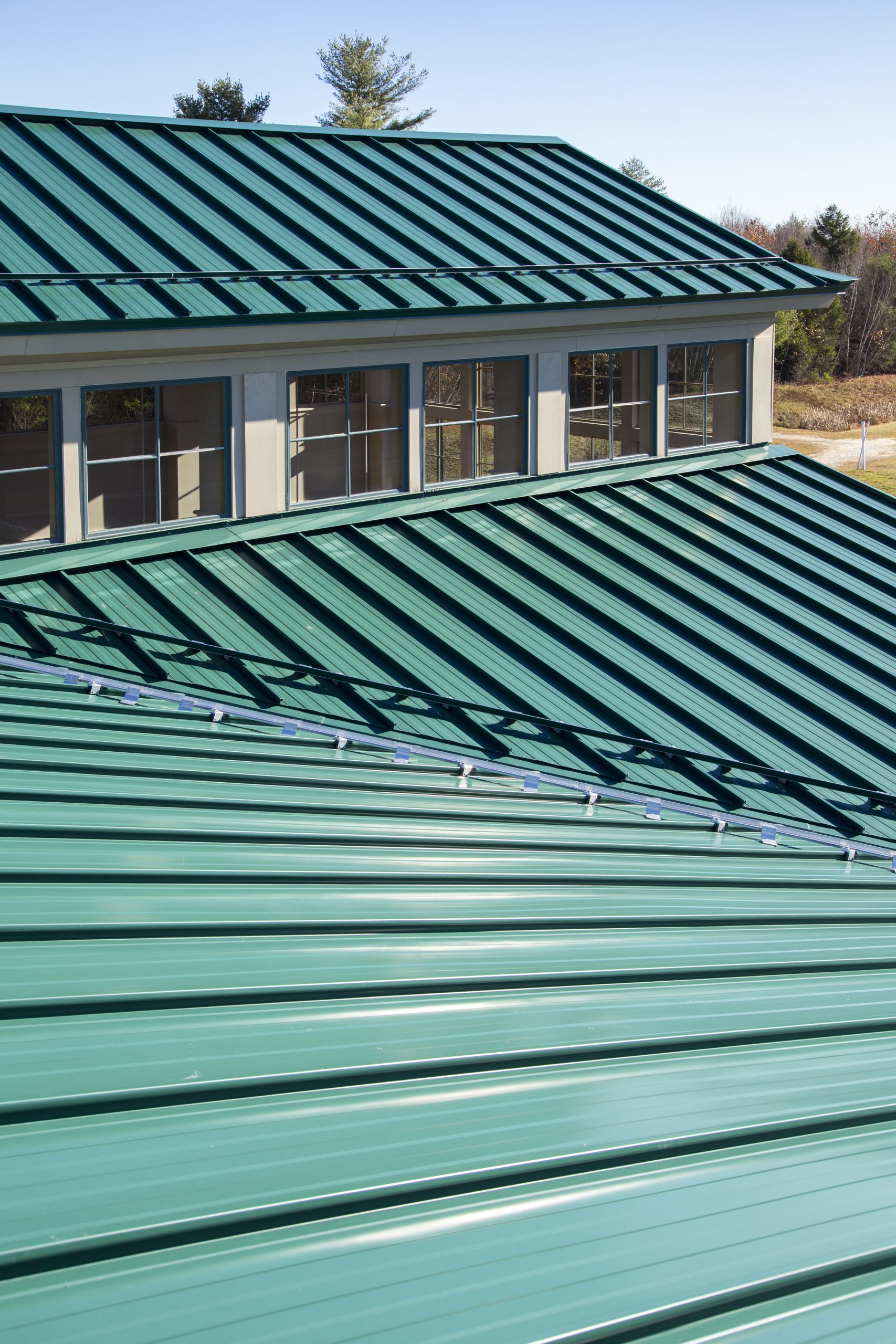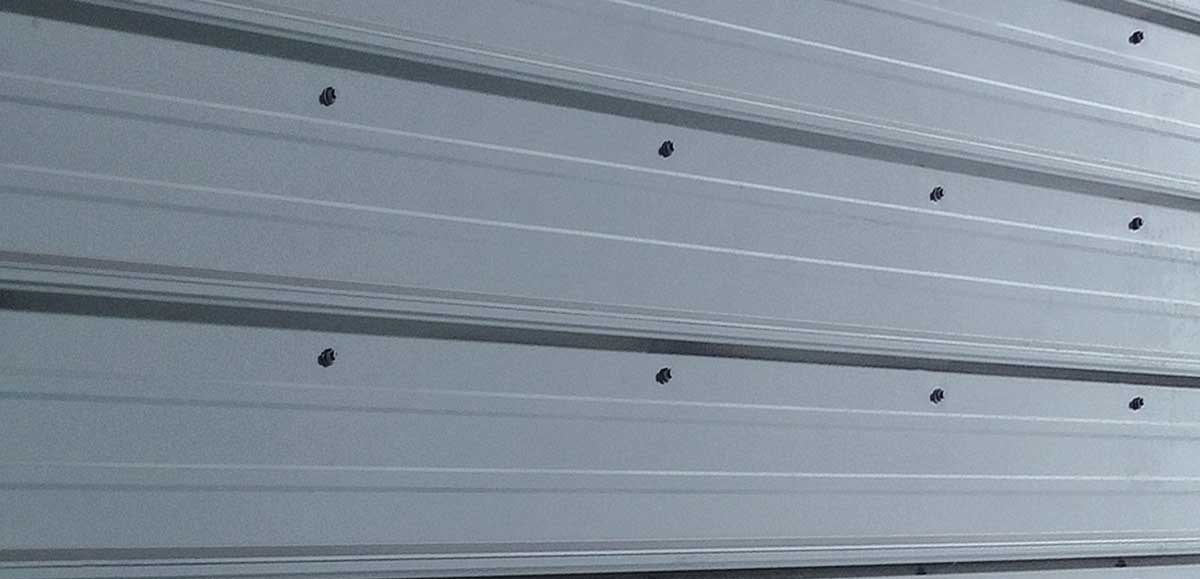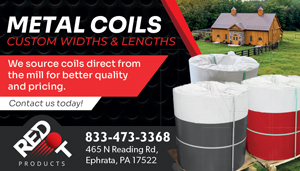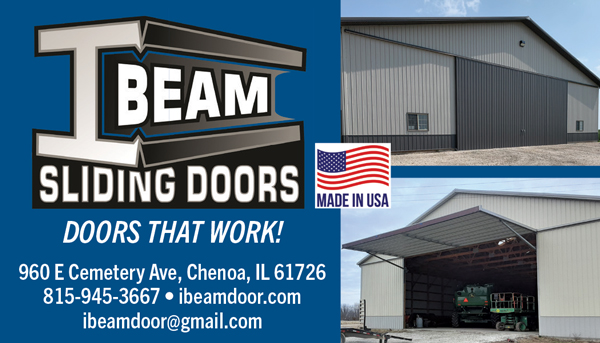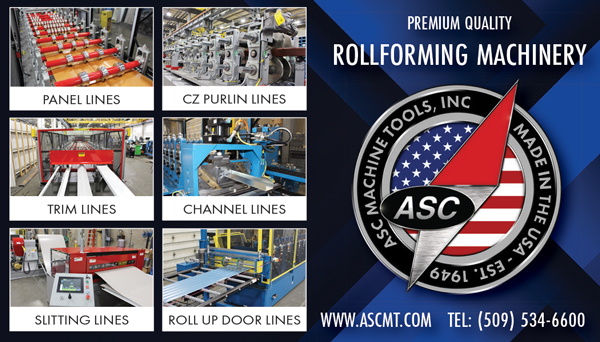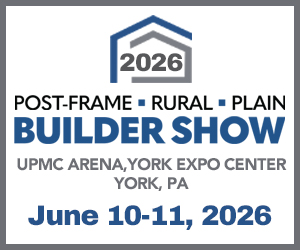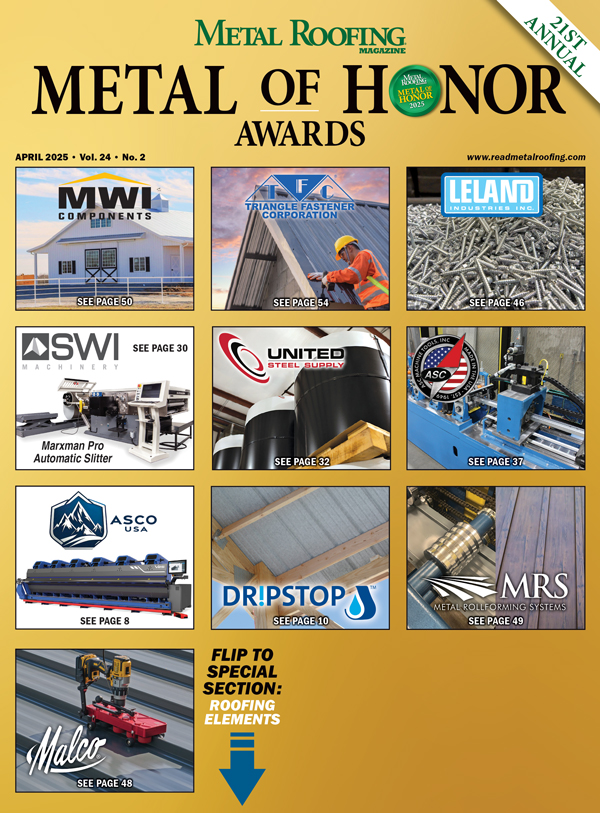By Jessica Franchuk.
Visually appealing, durable, and low-maintenance—all are words used to describe natural metals like zinc and copper in the roofing world. Often found on curved areas like domes, steeples, cupolas, and more, these “premium” materials are labeled as such because they essentially last forever (and thus have a high cost). Zinc roofs have been specified by European architects since the late 1800s, with the gray patina still covering over 80% of Paris’ rooftops. With today’s standing seam options, gone are the days of soldering and sealing every seam. If you can install a steel standing seam roof, you can install zinc or copper roll-formed panels just as easily.
John Sheridan, Owner of Sheridan Metal Resources (www.sheridantools.com), also trains and consults for VM Building Solutions (www.vmbuildingsolutions.com) and WUKO Tools (www.wukoinc.com). When asked about the popularity of natural metals for roofing, he shared, “It has definitely increased. As the knowledge base expands and the tools required become more accessible, more contractors seem to be willing to expand their product offerings to include natural materials, like zinc and copper, as well as some of the more exotic stainless steels and titanium.”
Thinking of adding these materials to your repertoire? Read on for 10 important points before you begin.
1. Proper Training
Consider bringing in a professional trainer to teach your crew the ins and outs of working with these new-to-you metals. As a skilled professional in this field, Sheridan was recently hired to train, consult, and help manage a large copper project—the “Red House” Parliament Building in Port of Spain, the capital of Trinidad and Tobago.
He offers an introductory one-day wall class or a two-day roof class, as well as a three-day advanced class (for those who have been through the introduction and want to add to their skillset). There is also the option of a “tuneup,” a re-certification class for those who haven’t done a zinc project in a while or need to bring other members of their company up to speed. Sheridan said, “We (VM Building Solutions) provide a certificate to all participants who complete either the roof or wall training to certify they have been introduced to the material and been given the basic information needed to move forward with their project.”
He continued, “I personally have trained groups from three students to 28 students. If we’re at our training facility, we provide everything needed as far as tools and mockups. On-site trainings require the location to build a few mockups for their team and provide us with a space adequate for the PowerPoint presentation and our hands-on portion of the program.” While he doesn’t currently offer any virtual training programs, he is in the process of developing a few information modules for installers, architects, and project managers.
2. Component Considerations
When working with zinc and copper, there are specific system requirements for both roof and wall systems. This includes underlayments, fasteners,
and other components like sliding or expansion clips. Andrew Mullen, President of Direct Metals, Inc., advised, “It is important to understand the differences between metal alloys and how bare dissimilar metals in certain environmental conditions can have serious reactions that promote premature corrosion and degradation. When working with copper panels, it is particularly important to understand the exposure to agitating factors such as proximity to saltwater fallout, moisture, and air movement. An example would be when working with copper panels to only use copper rivets for exposed fastening points to avoid dissimilar metal reactions.”
The Copper Development Association (CDA) added, “In selecting the substrate, a key consideration is the method of attachment of the copper. All applications that rely on nails or screws to attach the copper or cleats to the underlying structure require a nailable deck, nailing strips within the deck, or wood blocking at specific locations. Such applications include standing seam roofs, batten seam roofs, flat seam roofs, continuous edge strips and cleats, and flashings around roof penetrations.”
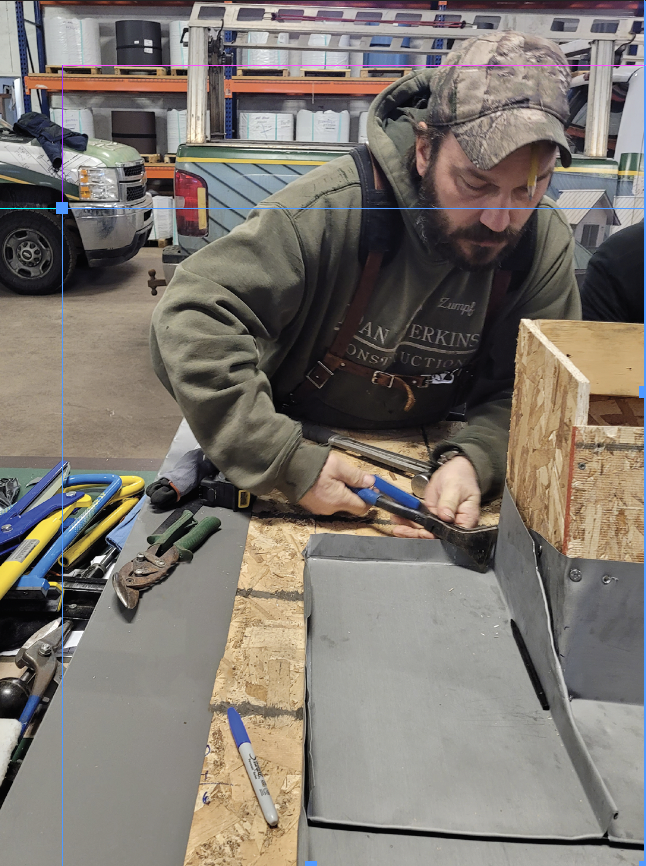
Photo courtesy of Dan Perkins Construction
3. Ventilation Needs
Moisture on the underside of the metal panels can cause erosion and eventual failure. You will need to select products that create the necessary venting space between the deck and the roof panel. Manufacturers of zinc roofing specifically recommend venting the roof, using zinc panels with a protective coating on the underside, or using a drainage layer directly under the roofing to allow moisture to escape.
4. Thermal Expansion and Contraction
Like all metal roofing, zinc and copper expand and contract due to changes in weather and temperature. Joe Wells of Wells Roofing in Charleston, South Carolina, explained, “You have to understand thermal shock. Zinc will move almost twice as much as copper and you really have to accommodate for that thermal shock. When I stand outside on a hot summer day and a cool shower comes through, I can hear the (copper) roof pop from the thermal shock, the expansion and contraction.”
Sheridan added, “Zinc will expand an entire inch for every 30′ of panel when exposed to a temperature shift of 160°F,” while copper expands approximately 3/8″ per 30′ of panel length per 100°F temperature shift.
5. Minimum Slope and Drainage
Moisture is a top concern with every roof covering. To combat this, Sheridan’s training course specifies a minimum slope of 1:12 for zinc. He said, “Water must drain or white rust and corrosion will begin [on zinc]. It is a soft metal, with no memory. Over time if it is not appropriately supported, it can grow ‘tired’ and develop low areas that collect moisture.”
When working with copper products, the CDA advised, “In roof and wall systems where watertight seams are required, soldering is specified. A soldered seam will join two pieces of copper into a cohesive, watertight unit that will expand and contract as one piece. Well soldered seams are, in many cases, stronger than the original base material and will provide many years of satisfactory service.”
6. Patina
Part of zinc and copper’s appeal is their natural patina that changes the roof’s look over time. Zinc develops a layer of zinc hydroxy-carbonate over the course of two to five years. Sheridan noted that roofs will patina faster than walls clad in the same material.
The natural weathering of copper is a direct consequence of the corrosive attack of airborne sulfur compounds, per the CDA. This ultimately leads to a change in the surface color until equilibrium is reached and the material stabilizes. The final color will depend on the location of the project and the local weather. Salt, moisture, sunlight, and orientation can all affect the final color.
If desired, chemical solutions can be applied to accelerate the patina of copper, though the CDA warns that results from these field patination applications can be influenced by humidity, temperature, time, and surface preparation. Some manufacturers are also offering pre-patinated copper as a part of their product lines.

7. Corrosion
Mullen briefly touched on premature corrosion in the
Component Considerations” section above. The CDA stated, “Metals are rated according to their nobility ratings. When dissimilar metals are in contact with each other in the presence of oxygen and moisture, the more noble metal will corrode the less noble. Copper is one of the most noble of metals and must be separated from other less noble metals. Contact between dissimilar metals should always be avoided.”
Sheridan added, as part of his training course, “Aluminum has a similar protective coating as zinc, eliminating risk of corrosion. Galvanized steel is coated with a fine film of zinc, so this zinc-zinc contact poses no threats. Copper and zinc don’t play nicely together. Copper runoff will stain the zinc. Steel that is non-galvanized should also be avoided, as the similar electron transfers between the metals will result in corrosion and deterioration. In addition, zinc is not compatible with oak, chestnut, red or white cedar, Douglas fir, and any woods with a pH less than 5.”
8. Cold Weather Installs
Depending on your team’s physical location, you may be installing metal roofing during colder months. Sheridan advised, “Zinc is ‘cold brittle’ and can micro-fissure when folded at temperatures lower than 45°F (referring to the metal temp, not the air temp). Systems that are fabricated and engineered in a shop are better suited for winter installs, as they require minimal alteration on-site.”
9. Handling and Storage
When not being actively installed, zinc sheets and coil need to be stored in a well-ventilated, dry warehouse with a constant temperature. Avoid the buildup of condensation, separating the products from the ground and allowing sufficient airflow between the rolls and sheets.
When installing copper, limit fingerprints and staining by wearing gloves and proper gear. Keep a rag handy. If drops of perspiration hit the copper on hot days, wipe them off quickly to keep the surface clean. This easy process will ensure the copper looks great when the job is finished.
10. Customer Education
One more benefit of zinc and copper is they require little customer education. According to Sheridan, “Generally speaking, once the zinc material is installed and has a chance to develop a protective patina, it is good for the life of the material. No maintenance or upkeep is required.”


